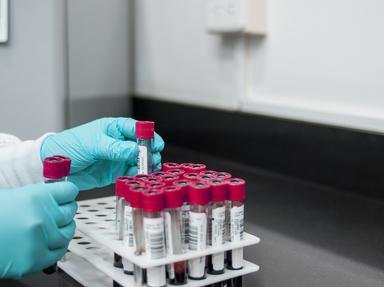
A Cocktail of Compounds Trivia Quiz
Introduction to the Alcohols
After the initial exploration of basic aliphatic hydrocarbons such as alkanes and alkenes, we are ready to throw oxygen into the mix. Time to shake things up and shine a light on a cocktail of compounds - the alcohols!
A collection quiz
by jonnowales.
Estimated time: 3 mins.